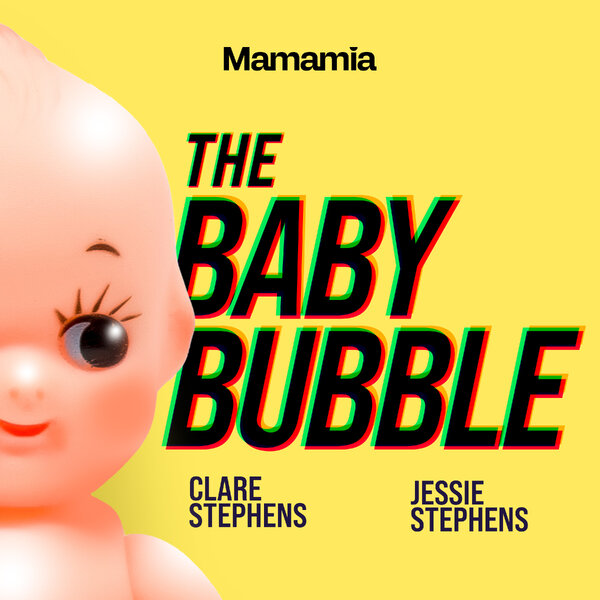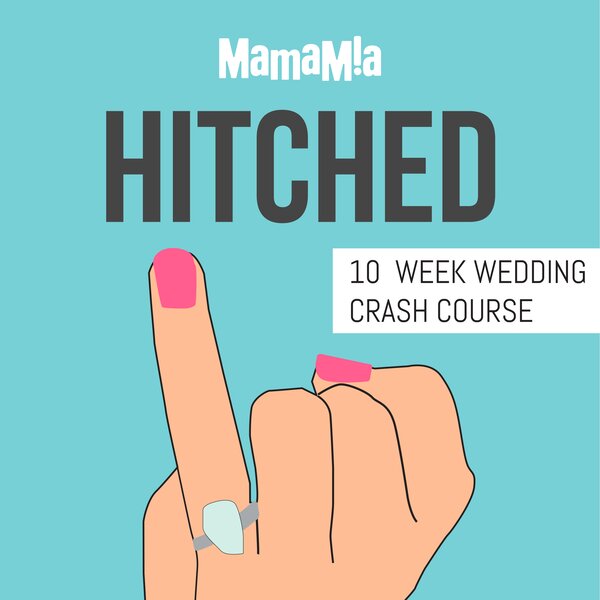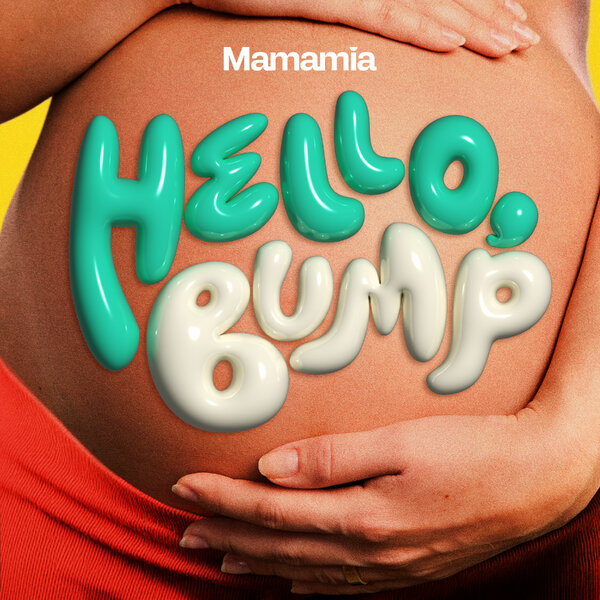
Recently, I came across an article written in Grazia about how ageing faces can be categorised into three main categories: 'sagger', 'sinker' or 'wrinkler'.
My initial reaction: Who cares? Can we stop making women feel like s**t?
Because the truth is, while we've all been sucked into the rhetoric that anti-ageing is dead and the midlife beauty revolution is here, the truth is, the global anti-ageing market is big business — and it's only going to get bigger. By 2030, it's predicted to grow to 120 billion USD.
That's because at the end of the day, there's a lot of money to be made in the business of telling people they need to stop their skin from ageing. To 'slow down' the inevitable.
Watch: Speaking of skin, here's makeup artist Amanda Ramsay on skincare over 50. Post continues below.
While the ageing standards have in no way dissipated, at the other end of the spectrum is the fact that women should also feel empowered to do whatever makes them feel the most confident, happy version of themselves. And these days, with the destigmatisation of cosmetic treatments and a move into individual personal style when it comes to how you look, beauty is very much a 'you do you' kind of space.




























































































